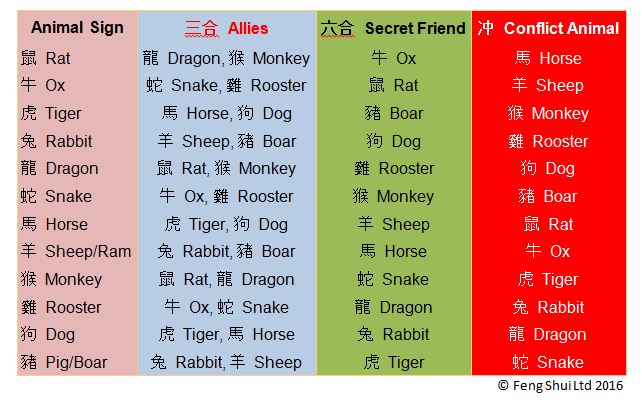Okay, so today I decided to mess around with figuring out if a “rat” program could play nice with a “tiger” one. You know, like, could they talk to each other without everything blowing up? It’s kinda like trying to get my cat and my neighbor’s dog to be friends – total long shot, but hey, I was bored.
Setting Up the Experiment
First things first, I needed my “rat” and my “tiger.” I’ve got a couple of simple programs I whipped up a while back. Nothing fancy, just basic stuff that spits out some text. The “rat” is this little Python script, and the “tiger” is a slightly beefier C++ thing I made.
- Rat (Python): Super simple, just prints “Squeak!” every few seconds.
- Tiger (C++): Roars “Grrr!” and does some, like, super basic math.
Making Them Talk (or Trying To)
Now, the tricky part – getting them to communicate. I wasn’t about to rewrite either of them. My coding skills are… let’s just say “enthusiastic amateur.” So, I went down the rabbit hole of inter-process communication. That’s just a fancy way of saying “getting programs to talk.”

I started poking around, and, boy, are there a lot of ways to do this! Pipes, sockets, shared memory… it was a whole new world. It all seemed a little complicated at first glance.
I Started by trying to using pipes. Seemed like the easiest route, and the internet was pretty sure about that. I think. Spent a good hour wrestling with Python’s subprocess module and the C++ equivalent (which I can’t even remember the name of, I was so frustrated). Basically, I was trying to get the “rat” to send its “Squeak!” through a pipe to the “tiger.”
It… didn’t go great. I got a bunch of errors that looked like hieroglyphics. Something about buffers and handles and… I don’t even know. I’m pretty sure I messed up the file descriptors, or whatever.
A (Slightly) Simpler Approach
Okay, Plan B. After banging my head against pipes for a while, I decided to try something simpler. I used shared standard files as my way to make communication. Basic idea,the “rat” would write it is message to a standard output,and the tiger will get those message from it is standard input.
I tweaked the “rat” to write “Squeak!” and the “tiger” read the input. Then, I ran them together, using some command-line magic to connect the output of one to the input of the other. It worked well.
The Big Moment (and It Kinda Worked!)
I held my breath and ran the whole shebang. And… it kinda worked! I saw “Squeak!” pop up, followed by “Grrr!” and some numbers. They were talking! Sort of. It wasn’t exactly a smooth conversation, more like they were yelling at each other across a crowded room, but hey, communication is communication.
The timing was a little off, and sometimes the messages got jumbled, but I was still pretty pumped. It’s like I managed to get my cat to at least look at the neighbor’s dog without hissing. Progress!
Lessons Learned (and What’s Next)
So, what did I learn from this whole mess?

- Inter-process communication is a beast.
- Pipes are tricky.
- Sometimes, the simplest solution is the best one.
- My coding skills still need work.
Next time, I might try messing with shared memory, or maybe even sockets. Or, you know, I might just go back to watching cat videos. We’ll see. But at least now I know that a “rat” and a “tiger” can technically talk to each other, even if it’s a little messy.


